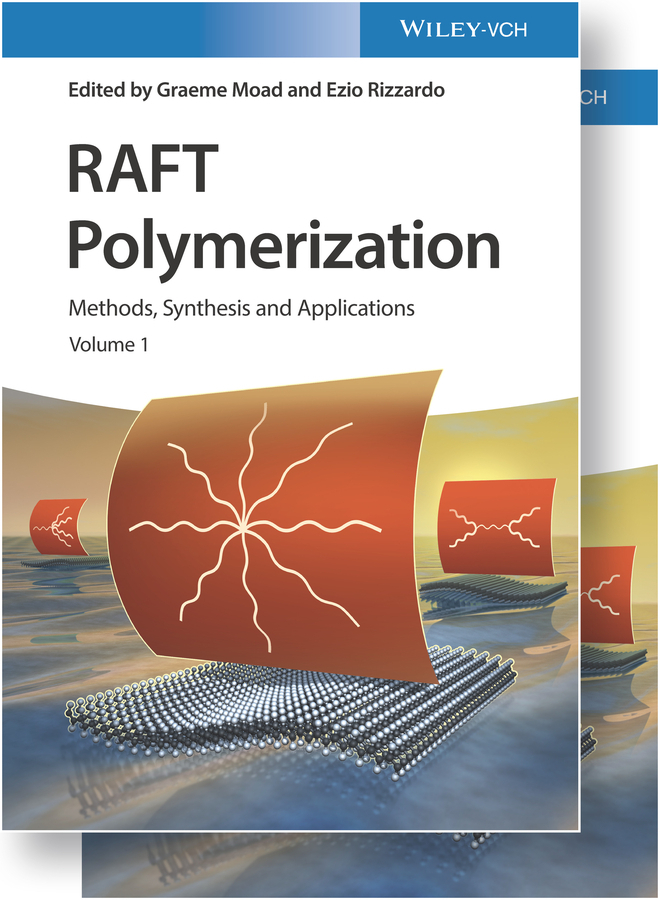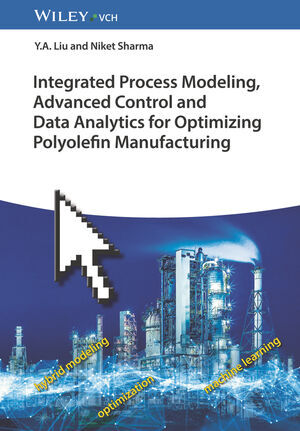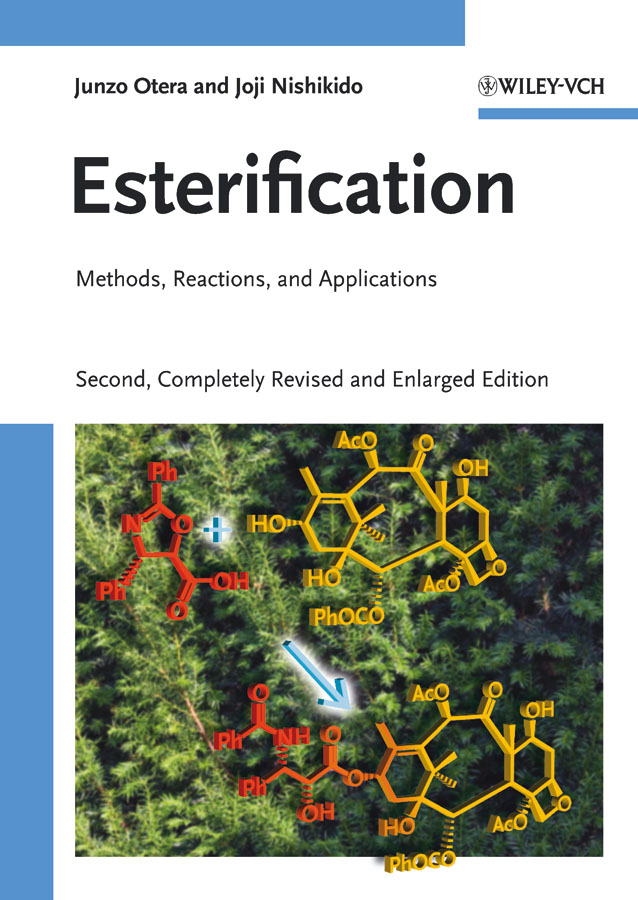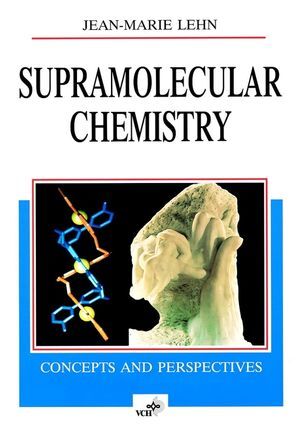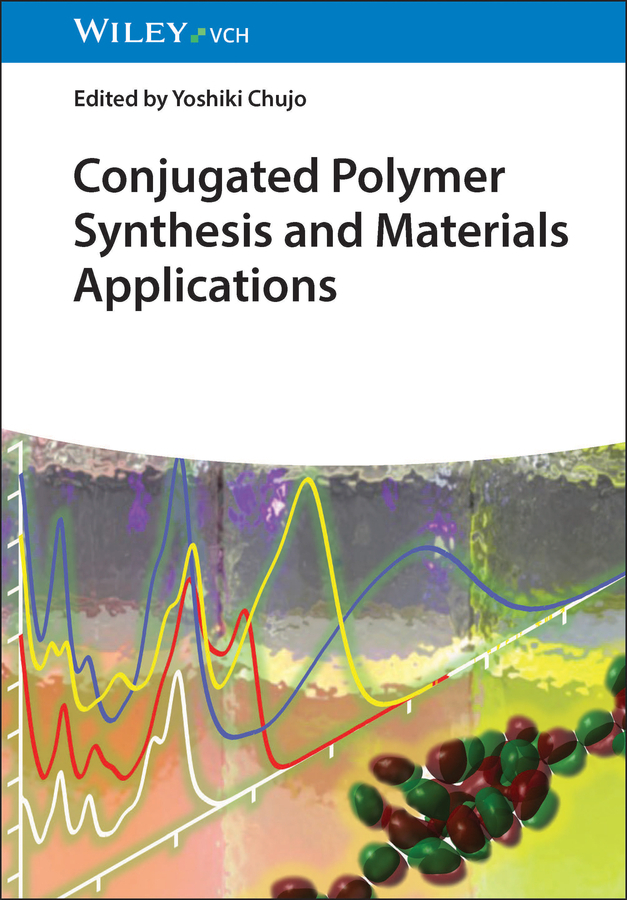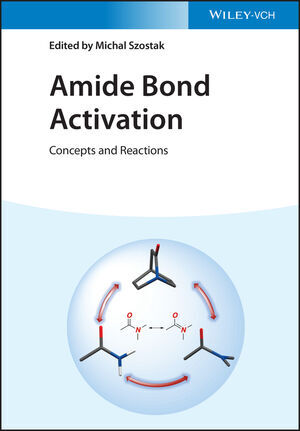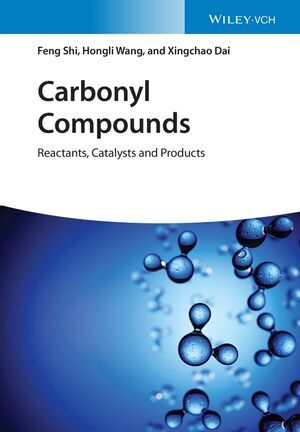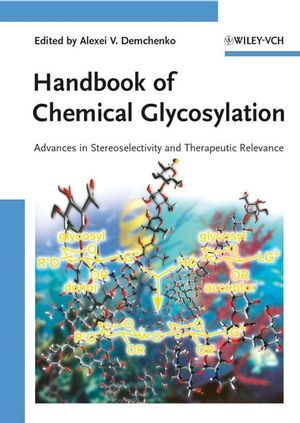Organic Chemistry Priciples and Industrial Practice
Organic Chemistry Priciples and Industrial Practice
Nylon, Plexiglas, Dynamit: Viele industrielle Erzeugnisse "verdanken" wir den Prinzipien der organischen Chemie. Prinzipien, die Chemiestudenten vielfach als trockenen Lehrstoff ohne jeden praktischen Bezug büffeln müssen. Dass es auch anders geht, zeigen Green und Wittcoff. In zehn knappen Kapiteln verknüpfen sie die Theorie mit industriellen Prozessen - ein Gewinn nicht nur für Studenten, sondern auch für Lehrende.
Da die meisten Chemiestudenten in ihrem späteren Berufsleben mit Problemen der organischen Chemie konfrontiert sein werden, sollte diese breite Zielgruppe nach Ansicht der beiden Autoren schon vom Beginn ihrer akademischen Ausbildung an über industrielle Produkte und Prozesse informiert werden. Organic Chemistry Principles and Industrial Practice beschreibt die Geschichte der industriellen Chemie, liefert wertvolle, sonst kaum zugängliche Informationen und bietet nicht zuletzt auch zahlreiche Anekdoten aus dem reichen Erfahrungsschatz der Autoren. Beide sind langjährige Dozenten. Sie liefern eine leicht zu lesende, klar strukturierte Einführung, die tieferes Verständnis der Grundlagen der organischen Chemie und ihrer Anwendungen ermöglicht. Das Werk eignet sich hervorragend als Ergänzung zu den Lehrbüchern, kann aber auch von Studenten höherer Semester, Laborassistenten, Chemieingenieuren und Chemikern in der Industrie genutzt werden.
Die Autoren zeigen unter anderem, wie aus Petroleum nützliche Dinge werden, gehen auf die zentrale Rolle der elektrophilen aromatischen Substitution ein, erzählen die "Nylon-Story", beschäftigen sich mit Polyethylen, Polypropylen und den Grundlagen der Stereochemie und vergessen auch natürliches Gummi und andere Elastomere nicht.
Preface
Preface
Da die meisten Chemiestudenten in ihrem späteren Berufsleben mit Problemen der organischen Chemie konfrontiert sein werden, sollte diese breite Zielgruppe nach Ansicht der beiden Autoren schon vom Beginn ihrer akademischen Ausbildung an über industrielle Produkte und Prozesse informiert werden. Organic Chemistry Principles and Industrial Practice beschreibt die Geschichte der industriellen Chemie, liefert wertvolle, sonst kaum zugängliche Informationen und bietet nicht zuletzt auch zahlreiche Anekdoten aus dem reichen Erfahrungsschatz der Autoren. Beide sind langjährige Dozenten. Sie liefern eine leicht zu lesende, klar strukturierte Einführung, die tieferes Verständnis der Grundlagen der organischen Chemie und ihrer Anwendungen ermöglicht. Das Werk eignet sich hervorragend als Ergänzung zu den Lehrbüchern, kann aber auch von Studenten höherer Semester, Laborassistenten, Chemieingenieuren und Chemikern in der Industrie genutzt werden.
Die Autoren zeigen unter anderem, wie aus Petroleum nützliche Dinge werden, gehen auf die zentrale Rolle der elektrophilen aromatischen Substitution ein, erzählen die "Nylon-Story", beschäftigen sich mit Polyethylen, Polypropylen und den Grundlagen der Stereochemie und vergessen auch natürliches Gummi und andere Elastomere nicht.
Preface
How Petroleum is converted into Useful Materials: Carbocations and Free Radicals are the Keys.
Polyethylene, Polypropylene and the Principles of Stereochemistry
The Central Role of Electrophilic Aromatic Substitution
From Nucleophilic Chemistry to Crosslinking, with a Side Trip to Glycerol, in the Synthesis of Commercially Important Plastics
The Nylon Story
Competition for the Best Industrial Synthesis of Methyl Methacrylate
Natural Rubber and Other Elastomers
Ethylene and Propylene: Two Very Different Kinds of Chemistry
The Demise of Acetaldehyde: A Story of How the Chemical Industry Evolves.
Doing Well by Doing Good
Study Guide Problems for each Chapter
Preface
How Petroleum is converted into Useful Materials: Carbocations and Free Radicals are the Keys.
Polyethylene, Polypropylene and the Principles of Stereochemistry
The Central Role of Electrophilic Aromatic Substitution
From Nucleophilic Chemistry to Crosslinking, with a Side Trip to Glycerol, in the Synthesis of Commercially Important Plastics
The Nylon Story
Competition for the Best Industrial Synthesis of Methyl Methacrylate
Natural Rubber and Other Elastomers
Ethylene and Propylene: Two Very Different Kinds of Chemistry
The Demise of Acetaldehyde: A Story of How the Chemical Industry Evolves.
Doing Well by Doing Good
Study Guide Problems for each Chapter
Green, Mark M.
Wittcoff, Harold A.
| ISBN | 9783527302895 |
|---|---|
| Artikelnummer | 9783527302895 |
| Medientyp | Buch |
| Auflage | 1. Auflage |
| Copyrightjahr | 2003 |
| Verlag | Wiley-VCH |
| Umfang | XX, 321 Seiten |
| Abbildungen | 166 SW-Abb., 5 Tabellen |
| Sprache | Englisch |


